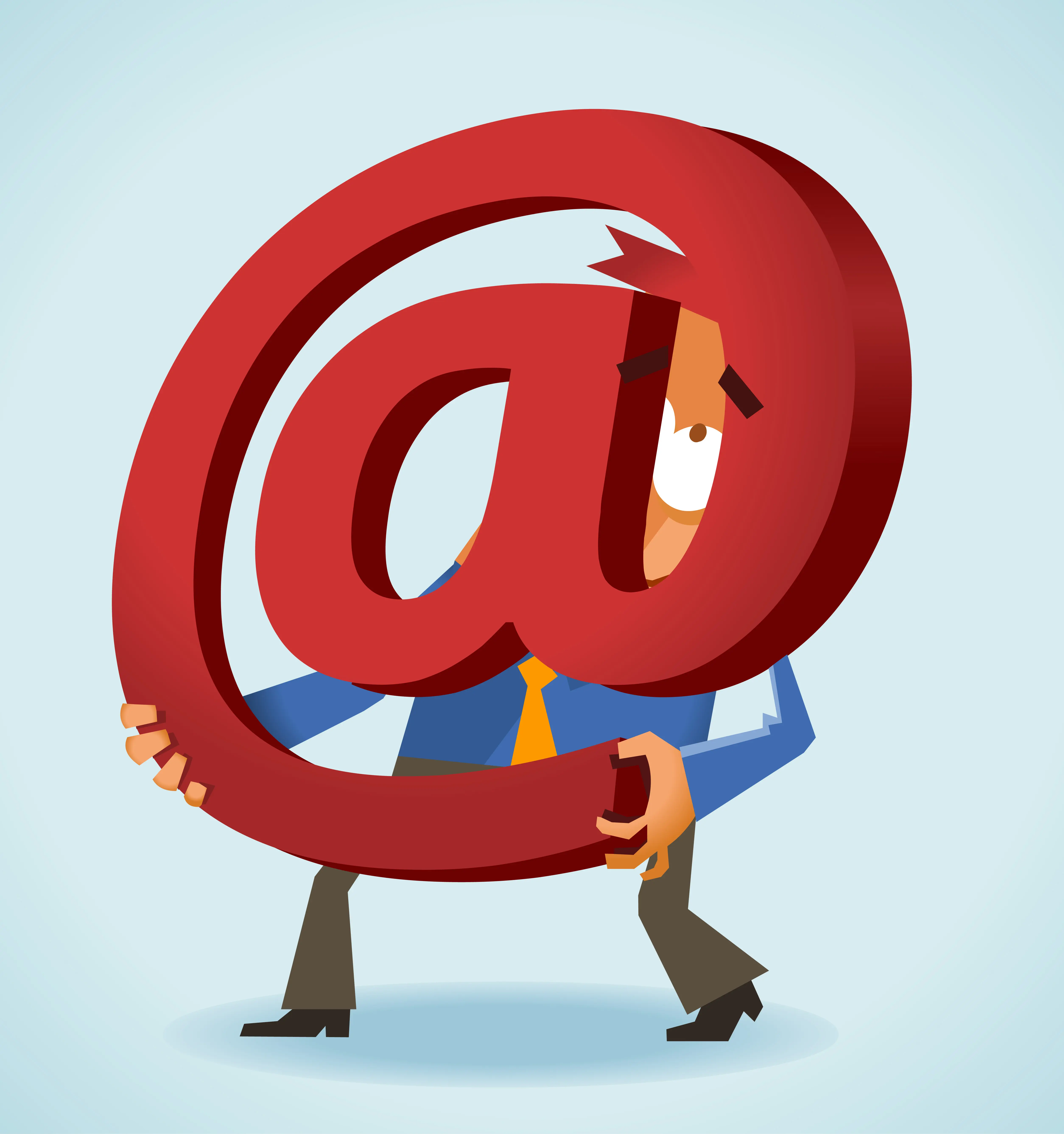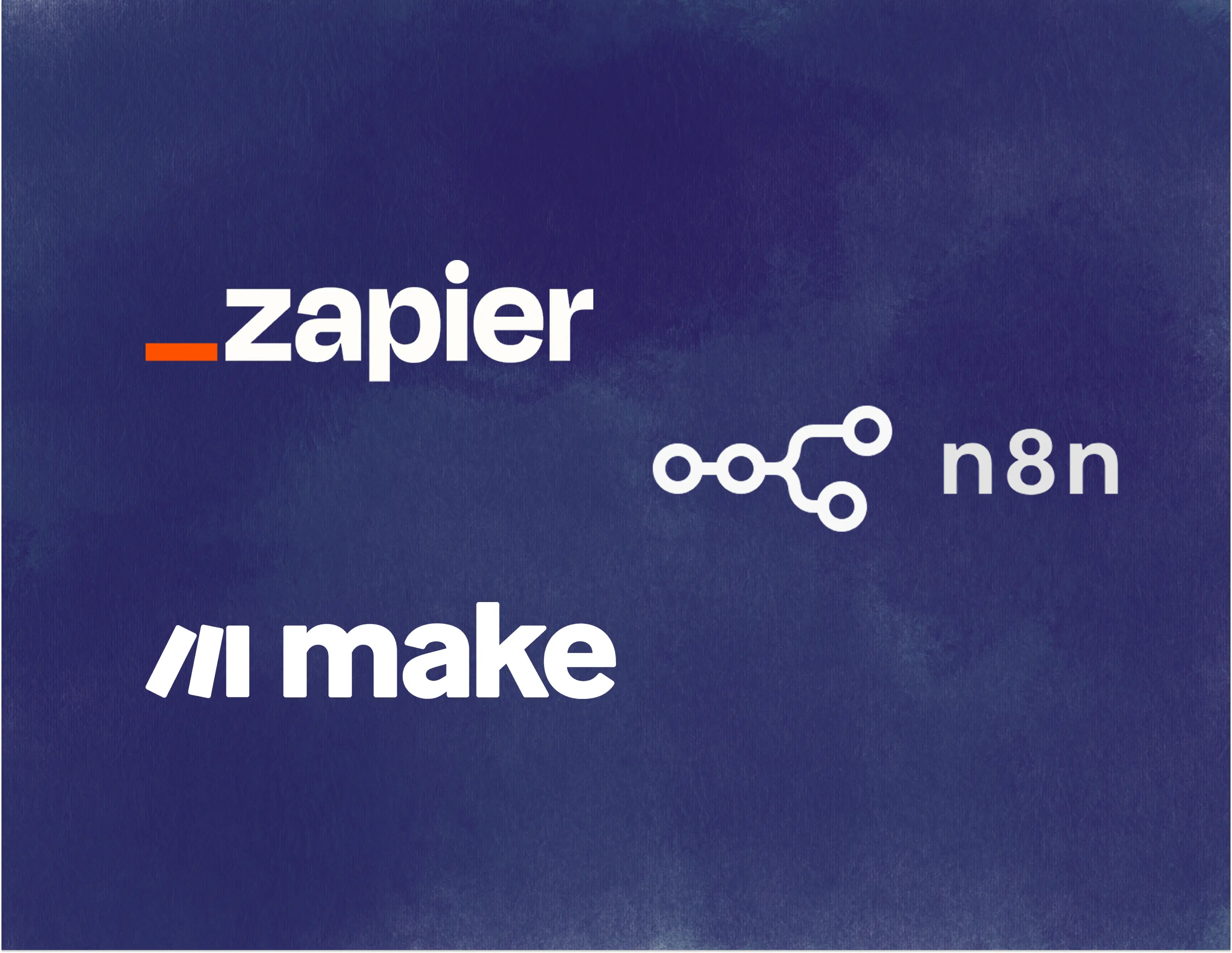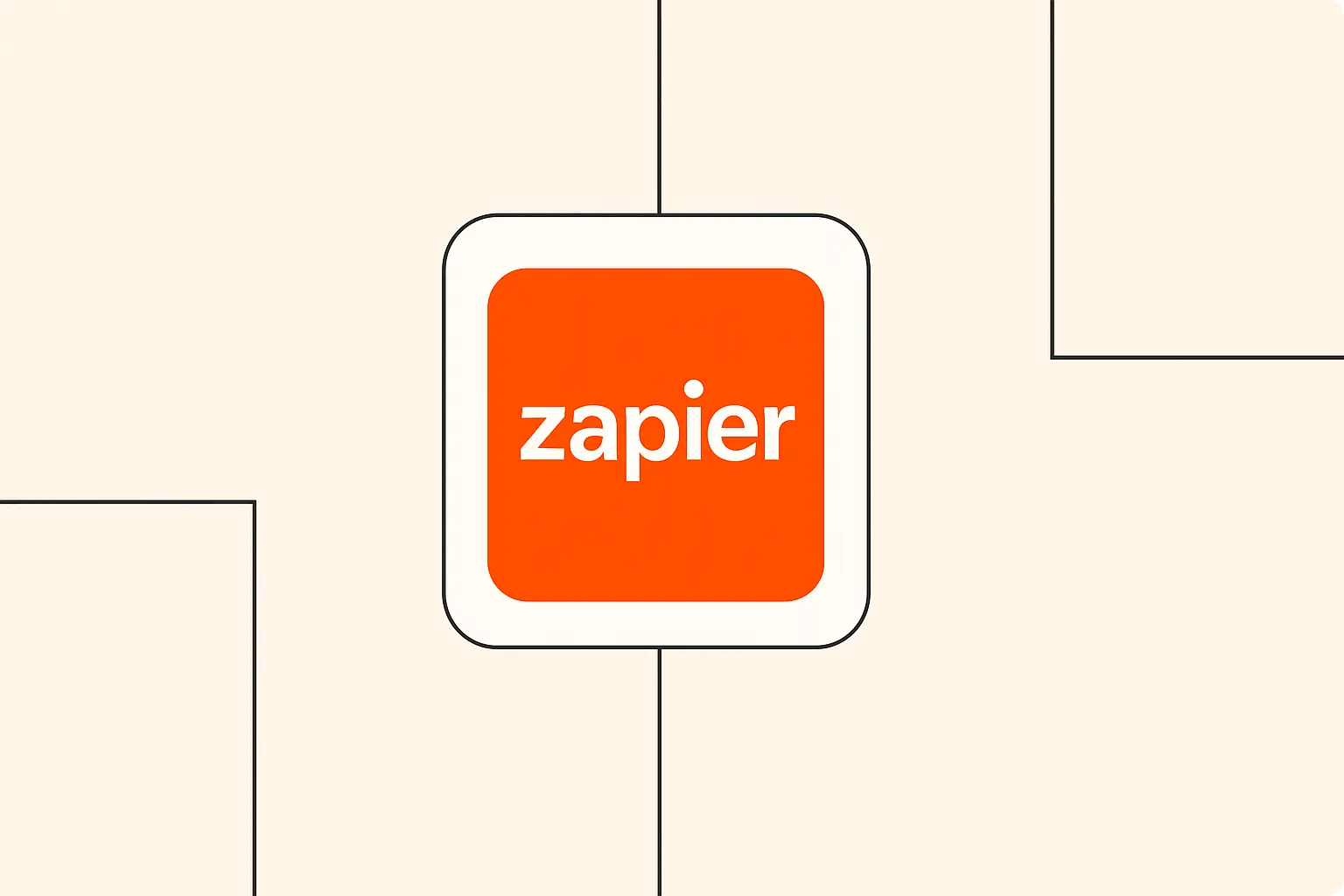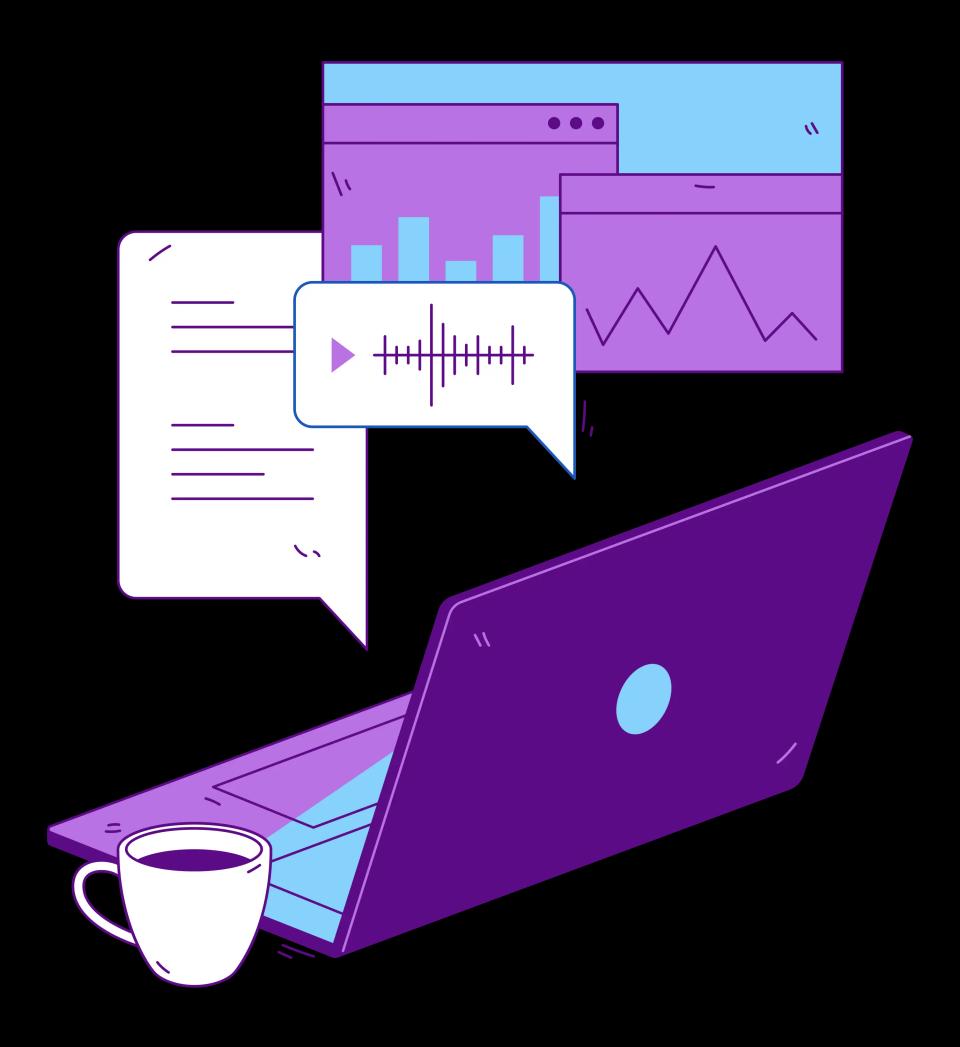
1. Introduction
Remember that feeling? You open your inbox after a weekend, or maybe just after lunch, and it’s already overflowing. It’s a digital avalanche of newsletters, client requests, internal memos, spam, and maybe, just maybe, a few messages you actually need to see. Managing this deluge has become a significant time sink for professionals everywhere. Studies suggest the average worker spends nearly 28% of their workweek managing email, a staggering amount of time often spent on repetitive sorting and filtering tasks.
But what if I told you there’s a smarter way? Artificial intelligence isn't just science fiction anymore; it's actively reshaping how we handle our digital communication. AI is stepping in as a powerful assistant, capable of learning our habits, understanding context, and automating the tedious parts of email management. Imagine an inbox that practically organizes itself, freeing you up to focus on what truly matters.
The benefits are compelling: significant time savings, vastly improved organization, and a dramatic reduction in manual, error-prone work. Throughout this post, we'll explore exactly how AI achieves this, the tools you can use, and how to implement these strategies effectively. Let's transform your inbox from a source of stress into a streamlined communication hub.
2. Understanding AI-Powered Email Automation
So, what exactly is AI-powered email automation? At its core, it’s about using intelligent software to handle email-related tasks automatically, tasks that would otherwise require human intervention. Think of it as teaching your email client to think and act on your behalf, based on the content and context of the messages you receive. It goes far beyond simple filters or rules you might have set up in the past.
Several key AI capabilities make this possible. Natural Language Processing (NLP) is a crucial component, allowing the AI to understand the actual meaning and sentiment behind the text in your emails, not just keywords. This is how it can differentiate between an urgent client complaint and a casual inquiry. Then there's Machine Learning (ML), which enables the system to learn from your actions – how you sort emails, which ones you prioritize, how you respond – and get progressively better at predicting your needs. Over time, it recognizes patterns unique to your workflow. Finally, these systems use automated decision-making to execute actions based on their understanding and learning, like sorting an email into a specific folder, assigning a priority level, or even suggesting a draft reply.
The use cases are incredibly varied. Common applications include automatically categorizing incoming emails (e.g., 'Urgent,' 'Client A,' 'Newsletter'), prioritizing messages based on sender or content, extracting key information like invoice details or meeting requests, and even triggering workflows in other applications. It's about creating an intelligent, responsive email environment. Industry reports indicate that AI in workflow automation can significantly boost productivity, sometimes by as much as 40% in specific tasks.
3. Essential AI Tools for Email Automation
Getting started with AI email automation doesn't necessarily require investing in complex, standalone software. Many tools you might already use have powerful AI features built right in. Think about Gmail's native AI capabilities, like its automatic categorization into Primary, Social, and Promotions tabs, or its Smart Reply suggestions. These features use Google's vast AI infrastructure to learn user preferences and streamline interactions. Similarly, Outlook's Focused Inbox attempts to separate important emails from "other" mail using its own AI algorithms, learning what matters most to you over time.
Beyond these native features, a growing ecosystem of third-party AI email tools offers more specialized capabilities. Tools like SaneBox or Mailbutler provide advanced filtering, follow-up reminders, and email tracking, often with more granular control than native clients. These platforms are designed specifically to supercharge your inbox management with intelligent automation.
But the real power often comes from connecting your email to the rest of your digital toolkit using integration platforms. Services like Zapier offer robust email parsing capabilities, allowing you to extract specific data from incoming emails and send it to other apps automatically. Imagine automatically creating a CRM entry from a new lead email or adding invoice details to a spreadsheet. Similarly, platforms like Make.com provide sophisticated email automation features for building complex, multi-step workflows, while open-source options like n8n enable highly customizable email workflows for those with more technical expertise. These platforms act as the central nervous system for your automated processes.
4. Setting Up AI-Powered Email Categorization
Alright, let's get practical. How do you actually set up AI to start categorizing your emails? It's usually a phased process, starting simpler and becoming more refined over time. The first step often involves creating initial classification rules or labels. Think about the main categories you need – 'Urgent,' 'Project X,' 'Invoices,' 'Team Updates,' etc. You'll typically start by manually tagging emails or showing the AI examples of which emails belong in which category.
The next crucial phase is training the AI model. This is where the machine learning kicks in. As you correct the AI's initial attempts or provide more examples, it learns the nuances of your specific needs. Some tools require explicit training sessions, while others learn passively in the background by observing your actions. Consistency is key here; the more accurately you guide the AI initially, the better it will perform long-term. It's estimated that data quality and proper training account for a significant portion of AI project success ([Source: Various AI Implementation Reports]).
Once the AI has a decent grasp of your categories, you can set up automated workflows. This means defining what happens after an email is categorized. Should 'Urgent' emails trigger a notification? Should 'Invoices' be forwarded to your accounting software via an integration platform? Should 'Project X' emails automatically create a task in your project management tool? Mapping these workflows transforms categorization from simple sorting into powerful automation.
To ensure optimal results, always start with a few core categories and expand gradually. Don't try to automate everything at once. Regularly review the AI's performance and make corrections – it's an ongoing learning process. A common pitfall is overfitting the model with rules that are too specific or providing inconsistent training data, which can confuse the AI. Another is neglecting to update rules as your needs or projects change. Stay engaged, especially in the early stages.
5. Advanced Email Automation Strategies
Once you've mastered basic categorization, you can explore more sophisticated automation strategies. Think beyond single-step actions and start designing multi-step email workflows. For example, an incoming support request could be automatically categorized by urgency, assigned to the relevant team member in your project management tool, and trigger an automated acknowledgement email back to the customer – all initiated by the AI analyzing the initial email.
This often involves using conditional logic and branching. You can set up rules like: IF an email is from 'Client A' AND contains the word 'urgent,' THEN categorize as 'High Priority,' forward to the account manager, AND send an SMS alert. ELSE IF it's from 'Client A' but not urgent, THEN categorize as 'Client A - Standard' and add it to their CRM record. This level of nuance allows for highly personalized and efficient handling of communications, mimicking complex human decision-making.
The true power unfolds when you integrate email automation with other business tools. Connecting your AI-powered inbox to your CRM system (like Salesforce or HubSpot) ensures customer communication history is always up-to-date. Integrating with project management platforms (like Asana or Trello) allows emails to automatically become tasks or comments within relevant projects. Linking with communication tools like Slack can enable instant notifications for critical emails, ensuring rapid response times. This interconnected ecosystem turns your inbox into an active participant in your overall business processes, potentially saving hours previously spent manually transferring information ([Source: Workflow Automation Studies]).
6. Real-World Applications and Success Stories
Theory is great, but let's talk results. I've seen firsthand how businesses and individuals transform their workflows with these tools. Consider a small marketing agency I worked with. They were drowning in client emails, project updates, and new leads. By implementing an AI tool integrated with Zapier, they automated the categorization of client emails, routed project updates directly into Asana tasks, and funneled new leads into their CRM with specific tags. The result? They reported saving approximately 5-7 hours per team member per week previously spent on manual email sorting and data entry. That's huge for a small team!
It's not just for businesses, either. Think about personal productivity enhancement. A freelance writer I know uses AI email tools to automatically sort incoming assignments, filter out newsletters for later reading, and prioritize emails from editors. They even set up a workflow where emails containing specific keywords related to payments trigger a reminder in their calendar. They estimate this system reduces their daily email management time by over 30%, allowing more time for actual writing. This aligns with broader findings suggesting effective email management techniques can significantly boost individual focus and output (Source 6 URL).
The measurable benefits are clear across various applications. We consistently see significant time savings metrics, often measured in hours saved per week or month. Productivity improvements are another key outcome, as less time spent on email means more time for core responsibilities. Furthermore, automation leads to error reduction, minimizing the chances of missing an important message or incorrectly transcribing information – a common issue with manual data handling. AI doesn't get tired or distracted; it just executes the workflows you define.
7. Choosing the Right AI Email Tools
With a growing number of options, how do you pick the right AI email tool for your needs? It starts with understanding the landscape. You have native features (Gmail/Outlook), dedicated third-party apps (SaneBox, Mailbutler), and integration platforms (Zapier, Make, n8n). Each has its strengths. Native tools are convenient but might lack advanced customization. Third-party apps offer specialized features but add another subscription. Integration platforms provide maximum flexibility but can have a steeper learning curve.
When evaluating solutions, consider these feature evaluation criteria:
- Accuracy and Learning: How well does the AI categorize emails? How quickly does it learn your preferences?
- Customization: Can you create custom rules, labels, and workflows easily?
- Integrations: Does it connect with the other tools you rely on (CRM, project management, etc.)? This is often a critical factor, as highlighted by the utility of platforms like Zapier and Make.com.
- User Interface: Is the tool intuitive and easy to manage?
- Security: How is your email data protected? (More on this later!)
Cost considerations are always important. Some tools offer free tiers with limited functionality, while others operate on subscription models based on features or usage volume. Calculate the potential return on investment – if a tool saves you several hours per month, the subscription cost might be easily justified. Finally, think about scalability factors. Will the tool grow with your needs? If you're a small business planning to expand, ensure the chosen solution can handle increased email volume and potentially more complex workflows without breaking the bank or requiring a complete overhaul. Choosing wisely upfront saves headaches down the road.
8. Implementation Tips and Best Practices
Ready to jump in? Here’s a quick guide to getting started smoothly. First, start small. Don't try to automate your entire inbox overnight. Pick one or two key pain points – maybe sorting newsletters or identifying urgent client requests – and automate those first. Build confidence and familiarity before tackling more complex workflows. Document your initial rules and intended outcomes.
If you're implementing this for a team, training team members is crucial. Explain the "why" behind the automation – the time savings, the improved organization. Show them how the tool works, how to correct the AI if needed, and how it integrates with their existing workflows. Ensure everyone understands their role in maintaining the system's effectiveness. Resistance often comes from misunderstanding, so clear communication is key. Remember, successful AI adoption often hinges on user buy-in ([Source: Change Management Studies]).
AI email automation isn't a "set it and forget it" solution, especially initially. You need to plan for maintaining and optimizing the system. Regularly review the AI's performance. Are emails being categorized correctly? Are workflows running smoothly? Tweak rules and retrain the AI as needed, especially if your business processes or project structures change. Think of it like tending a garden – occasional weeding and adjustments keep it healthy.
Finally, and critically, address security considerations. You're giving a tool access to your email data, which is often sensitive. Choose reputable providers with strong security policies and encryption standards. Understand where your data is stored and who has access to it. Be particularly cautious with integrations, ensuring that data passed between applications is handled securely. Prioritizing security from the outset is non-negotiable.
9. Future Trends in AI Email Automation
The field of AI is evolving at lightning speed, and email automation is no exception. What does the future hold? We're seeing emerging technologies like more sophisticated Large Language Models (LLMs) being integrated into email tools. This means AI that doesn't just categorize but can summarize long email threads, draft more nuanced replies, and even predict which emails you'll likely need to act on next based on your calendar and project deadlines. Imagine an AI proactively preparing draft responses for your morning review.
Predicted developments include hyper-personalization, where AI tailors not just categorization but the entire email experience to individual work styles and priorities. We might see AI automatically managing follow-ups, scheduling meetings based on email context, and providing real-time insights about sender relationships drawn from CRM data. The integration between email and other business intelligence tools will likely become even deeper and more seamless. The market for AI-driven automation is projected to continue its rapid growth trajectory (Source 7 URL).
So, how can you prepare for these future capabilities? Stay curious and keep learning. Follow developments in AI and automation through resources like The AI Automation Guide. Experiment with new features as they become available in your current tools. Most importantly, build a solid foundation now with good email management habits and basic automation. This will make adopting more advanced AI features much easier when they arrive. The future is about AI augmenting human capabilities, not replacing them entirely, especially in communication.
10. Conclusion
We've journeyed through the landscape of AI-powered email automation and categorization, from understanding the core concepts to exploring advanced strategies and real-world applications. The core message is clear: AI offers a powerful solution to the pervasive problem of email overload. By leveraging capabilities like NLP and machine learning, we can automate tedious tasks, achieve better organization, and reclaim valuable time.
The key takeaways are the importance of starting small, choosing the right tools for your specific needs (like those discussed earlier), focusing on proper training and ongoing optimization, and always prioritizing security. Remember the success stories (like the small business example) – the benefits in time savings and productivity are tangible and achievable.
What are your next steps for implementation? I encourage you to identify your biggest email pain point right now. Is it sorting? Prioritizing? Extracting information? Then, explore one of the tools or techniques we discussed. Start experimenting, even if it's just with the native AI features in Gmail or Outlook, or a simple Zapier workflow. The journey begins with a single step.
Call to Action
Ready to take control of your inbox?
- Explore Free Trials: Many third-party tools and integration platforms offer free trials or freemium plans. Test drive a few options to see what fits your style.
- Need Personalized Advice? Consider reaching out for a consultation if you're looking to implement AI automation across your team or business.
- Further Reading: Dive deeper into specific areas like NLP advancements or explore more complex workflow automation techniques. Check out other articles on The AI Automation Guide for more tips and tricks!
Don't let email manage you. It's time to leverage the power of AI and make your inbox work for you. Good luck!











